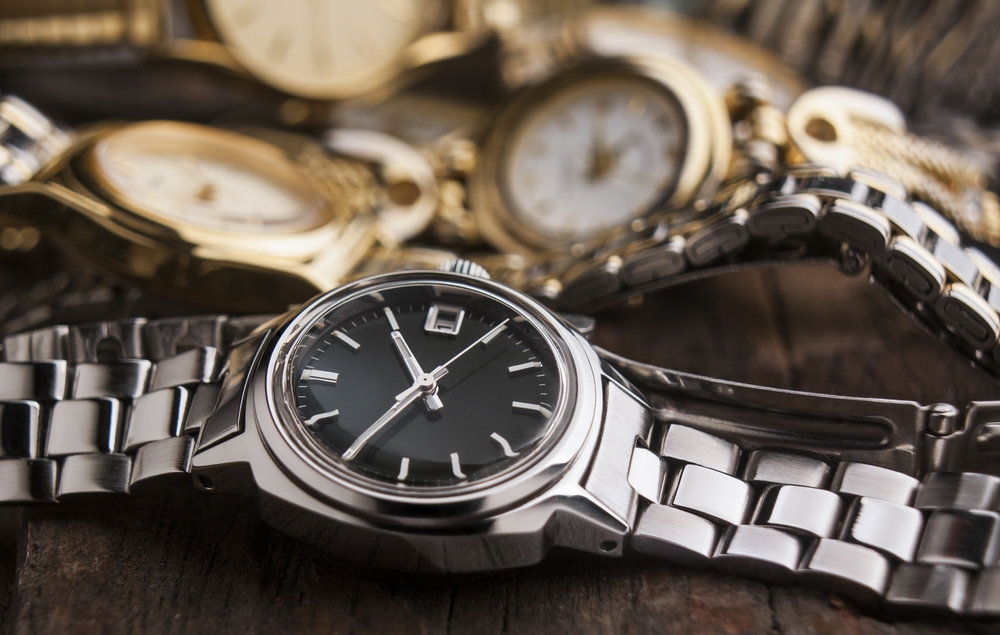
Ultimate Guide to Buying a Watch
Buying a watch can be a big decision. If you’re planning to invest in a quality piece, you want to make sure that you get the best possible watch for the money. A good watch van last you years and years if you take care of it, so you want to make the best decision possible. However, there are so many things to consider that it can get overwhelming. We’ve broken down everything you need to look for when buying a new watch.
Price
First, you need to figure out your price point. While a really nice watch from a high-end brand could set you back thousands (if not tens of thousands) of dollars, there are decent watches at any price point. You can get a nice looking watch at any price, whether it’s $100 or for $10,000. Once you know how much you can or are willing to spend, you can start thinking about the other aspects of buying a new timepiece.
Style
Different watches serve different functions. There are GPS running watches, sports watches, and ones that track your steps and sleep habits. There are smart watches that can read your text messages and let you pay for things with just a tap. Then there are more stylish and professional-looking options. Still, even within the realm of stylish watches, there are so many to choose from.
Dress watches are simple and sophisticated, without any complications, or extras. The face is a dial and the band is almost always leather. Field watches are similar to dress watches but a little more durable, and can have either a leather or canvas strap. A dive watch is water resistant, and usually made of metals that don’t easily rust, like stainless steel or titanium. Although they’re made for the water, dive watches can be very elegant looking. James Bond sports a dive watch in most of the Bond movies. Pilot watches vary in style, though they almost all have a larger-than average face to make reading the time easier.
Movement
Along with style, watch movement is another key component of selecting a watch. Movement refers to both the way the hands move around the face and the internal mechanisms that power the watch. There are three main movements—quartz, mechanical and automatic. Most average wristwatches have quartz movement.
Quartz watches are powered by a battery that sends electric pulses to a small quartz crystal. Because of the electric pulses, the hands have a ticking movement. Quartz watches are accurate, affordable, durable and don’t require much maintenance.
Mechanical watch movements are powered by a mainspring that needs to be wound every day. The hand movement is smooth and it doesn’t need a battery. Many consider mechanical movement watches to be superior to quartz because of its history and craftsmanship. However, mechanical movement watches are sensitive and require regular winding. You also need to bring it to a specialty jeweler every few years for a tune up. Mechanical watches are more expensive and not as accurate as quartz watches.
Automatic watches are very similar to mechanical watches except that the mainspring automatically winds itself when you wear it every day. Automatic watches have similar internal structures as mechanical but don’t require you to wind it by hand. Like classic mechanical watches, automatic watches are expensive and still require a lot of maintenance.

No Comments